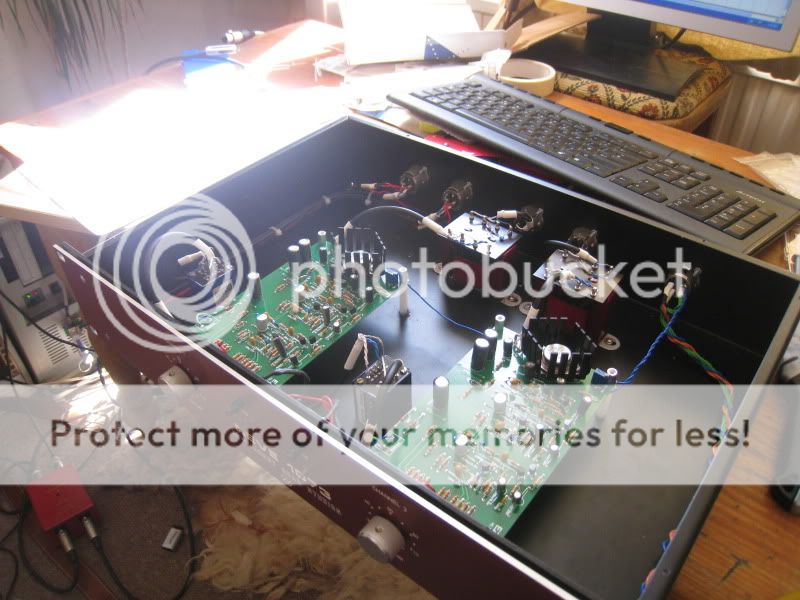The converter was PCM4222EVM (TI's eval board for the PCM4222 ADC chip) and it had individual on-board low noise regulators and a lot of other stuff (much of which I didn't need). The downside is that the board is relatively big and bulky and there are no holes to mount it properly (I bet it was intentionally designed that way) =) It's a 4-layer board, so drilling it wasn't an option really. I came up with a mounting solution using plastic brackets from Home Depot, some two-sided gorilla tape and metal strips on top. If I dig up pictures of the mounts I'll post them here. The board is VERY cheap and is available from TI's site and it sounds superb.

To control the board is a bit tricky. I was using BasicX-24p uC with a serial character display and two pushbuttons. I came up with a cool GUI where only these two buttons are needed to easily control all of the ADC's modes. You would need some glue logic to work with 3.3V ADC's logic with the uC, which works on 5V rail. I also added the level meters onto the display, but I had to sample the analog signal at the converter entrance point (after I think an 18dB pad, cuz the Neve signal is way too hot) with the uC. Processing 24bit digital data past conversion for the meters is too much for the uC and isn't really worth it (IMHO).
The PSU was my design (with help of this forum) and it's a 5-rail board: +5V (digital), +/-15V (ADC analog part), +24V (Neve), +48V (phantom).
The client is very happy and is using the unit on a daily basis. =)
I'm happy to answer more questions if you have any.
PS: Martin, your boards are great!
PPS: It turned out to be a complex project, as I had to model the entire thing in CAD first, because the space inside the chassis was EXTREMELY tight!











































